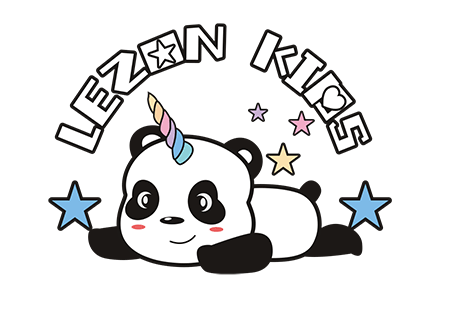What Is Lace?
Lace is a delicate, decorative fabric characterized by intricate openwork patterns, traditionally made by hand using techniques like needle lace, bobbin lace, or machine embroidery. Today, most lace is machine-made from materials such as:
- Cotton lace (soft, breathable)
- Polyester lace (durable, affordable)
- Nylon lace (lightweight, stretchy)
- Silk lace (luxurious, high-end)
Lace adds elegance to clothing and is widely used in girls’ dresses, christening gowns, party wear, and accessories.

History of Lace Production
Early Production Methods
In the 16th and 17th centuries, lace production was a labor-intensive process that involved individual artisans. The demand for lace was high, and workers often labored in damp, dimly lit conditions.

Industrialization of Lace Production
The invention of the lace machine by John Heathcoat in 1809 revolutionized the industry. This machine could produce fine, regular hexagonal lace. Later, John Leavers developed a machine that used the principles of the French Jacquard loom to create intricate lace designs.

Modern Lace Production
Today, some high-quality lace manufacturers still use Leavers’ machines. Karl Mayer has introduced warp-knitting machines, such as Jacquardtronic and Textronic, which can produce lace similar to Leavers’ lace but at a lower cost.

Composition and Classification of Lace
Lace is made from various materials, including nylon, polyester, cotton, and rayon. The addition of elastane or spandex can provide elasticity.
Types of Lace
- Synthetic Lace: Made from nylon, spandex, or other synthetic materials. It’s inexpensive, durable, but can be rough to the touch.
- Cotton Lace: Made by embroidering cotton thread onto cotton fabric and then cutting out the excess fabric. It’s breathable, comfortable, but may wrinkle easily.
- Cotton Thread Lace: Made entirely from cotton thread. It’s thicker and rougher than cotton lace but has more intricate designs.
- Embroidered Lace: Created by embroidering thread onto a mesh fabric and then cutting out the excess fabric. It’s soft, smooth, and has good elasticity.
- Water-Soluble Lace: Made by weaving thread onto a water-soluble backing, which is then dissolved. It’s luxurious, soft, and has a high price tag.

Production and Purchasing
Production Process
Lace production involves intricate patterns and techniques. Artisans use small bobbins to weave threads into the desired design. The process is time-consuming and labor-intensive.
Purchasing Considerations
When buying lace garments, consider factors such as comfort, quality, and price. Different types of lace have varying advantages and disadvantages.
Styling and Care

Styling Tips
Lace can be styled in various ways, from elegant evening gowns to casual, everyday wear. Pair lace with simple accessories to avoid overwhelming the outfit.
Care Instructions
- Washing: Hand wash lace garments in cold water using mild detergent. Avoid machine washing and harsh chemicals.
- Drying: Gently absorb excess water with a towel and lay flat to dry.
- Storage: Store lace garments in a cool, dry place, away from direct sunlight and moisture.

Identifying Lace Fabric
Lace fabric can be identified by its texture, appearance, and burning characteristics. High-quality lace is smooth to the touch, while lower-quality lace may feel rough.


Suitability for Different Styles
Lace is a versatile fabric that can be used in various clothing styles, from elegant gowns to casual wear. It’s particularly suitable for garments that require a touch of luxury and romance.
By understanding the history, production, and care of lace, you can appreciate the beauty and craftsmanship that goes into creating these exquisite fabrics.
No related posts.


